- Home
- slideshows
- miscellaneous
- The Concorde made its final flight 15 years ago and supersonic air travel has yet to recover - here's a look back at its awesome history
The Concorde made its final flight 15 years ago and supersonic air travel has yet to recover - here's a look back at its awesome history
As soon as Chuck Yeager crossed the sound barrier in 1947, commercial aviation companies began planning to take passengers past Mach 1.

On November 29, 1962, the governments of France and Great Britain signed a concord agreement to build a supersonic jetliner, hence the name of the plane that resulted: Concorde.
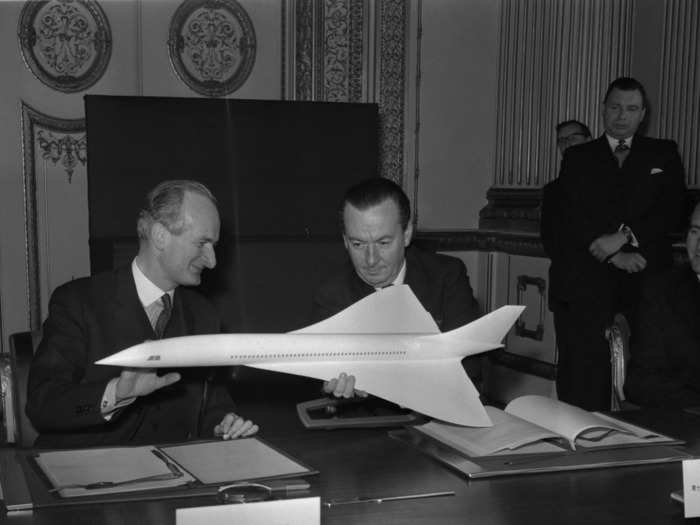
Together, Aérospatiale — a predecessor of Airbus Industries — and British Aircraft Corporation agreed to produce a four-engine, delta-wing supersonic airliner.
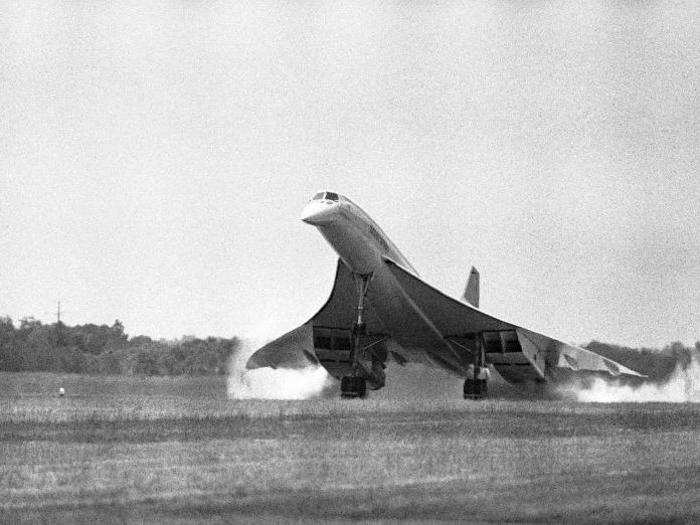
At the same time, engineers in the US and the Soviet Union were working on supersonic airliners of their own. The American Boeing 2707 never made it past the drawing board, while the Soviets' Tupolev TU144 made it into service but was quickly retired because of performance and safety problems.
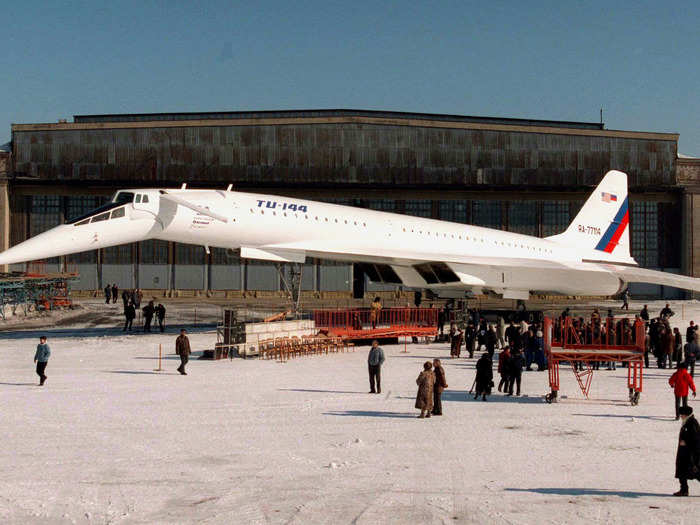
As part of the agreement, the Concorde was built in the UK and France.
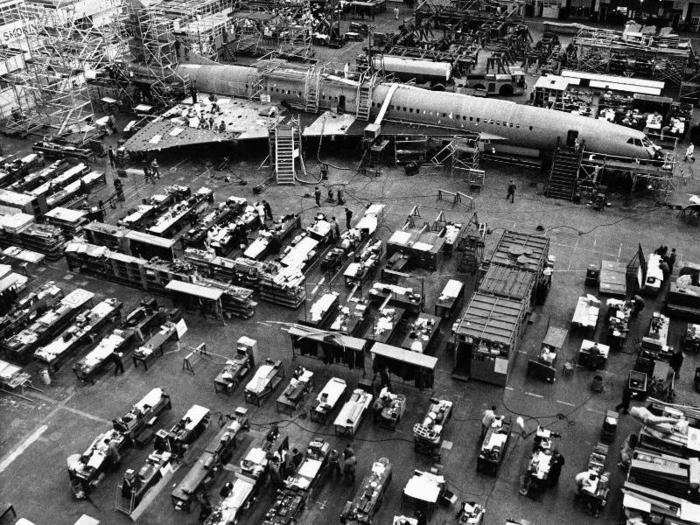
Here's a Concorde under construction at BAC's factory in Bristol, England.
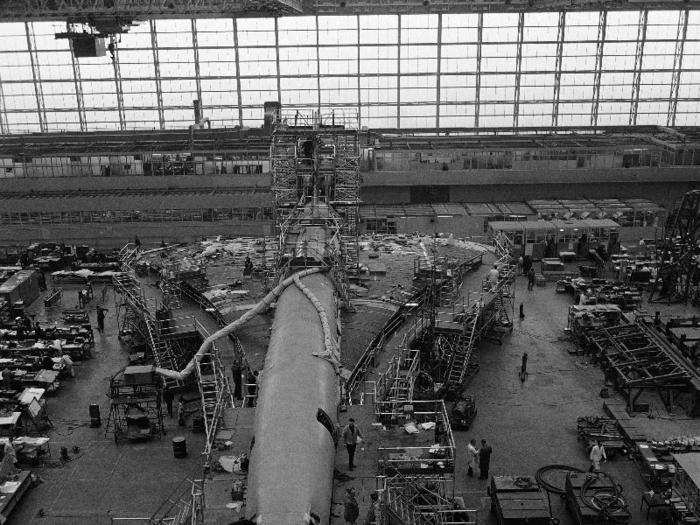
The engine selected to power the Concorde was the Olympus 593 turbojet, developed by Rolls-Royce/Bristol Siddeley and Snecma.
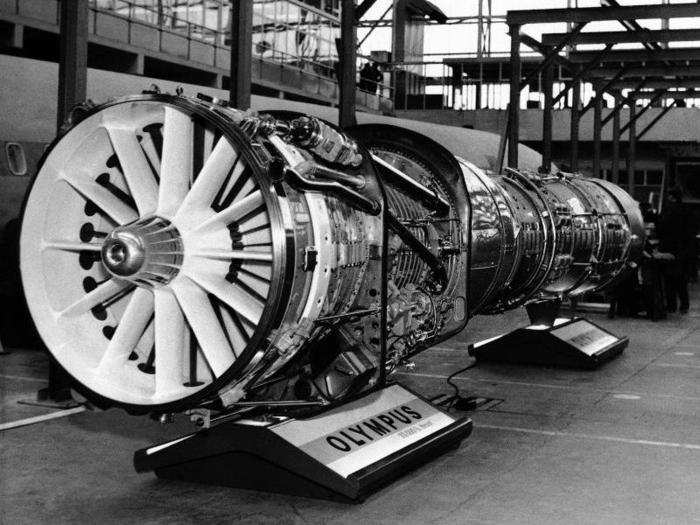
The Olympus engine's afterburners gave the Concorde its signature smoky takeoffs. Each engine produced 38,000 pounds of thrust.
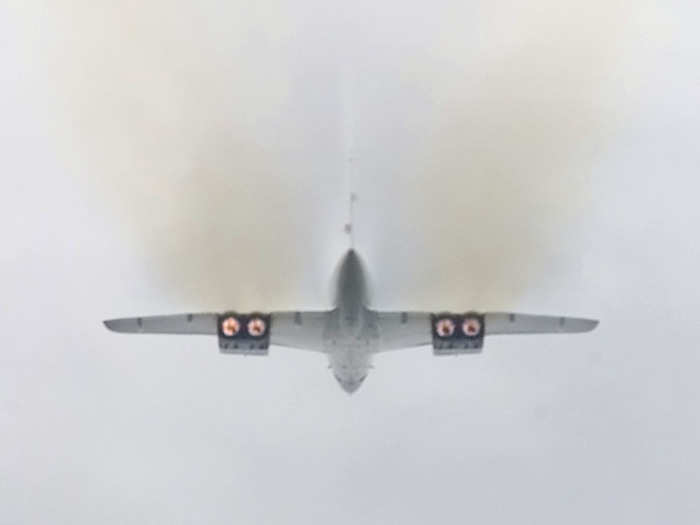
The Concorde had features found on no other Western commercial airliner, such as the double delta wing and ...
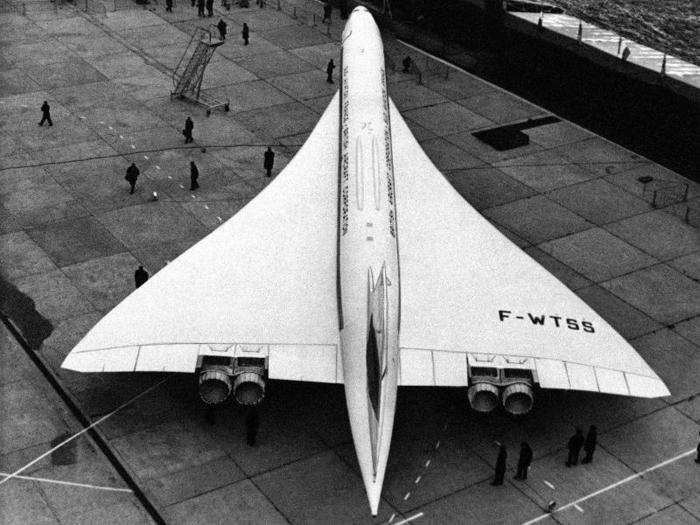
... an adjustable drooping nose that gave pilots better visibility on takeoffs and landings.
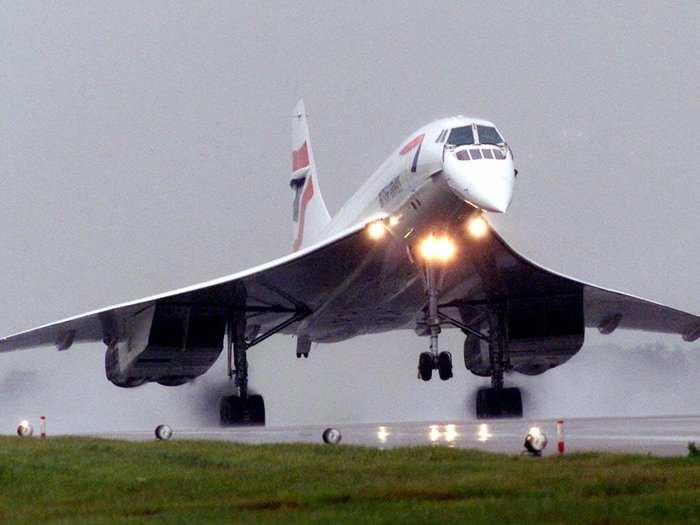
In normal flight, the nose and visor were raised.
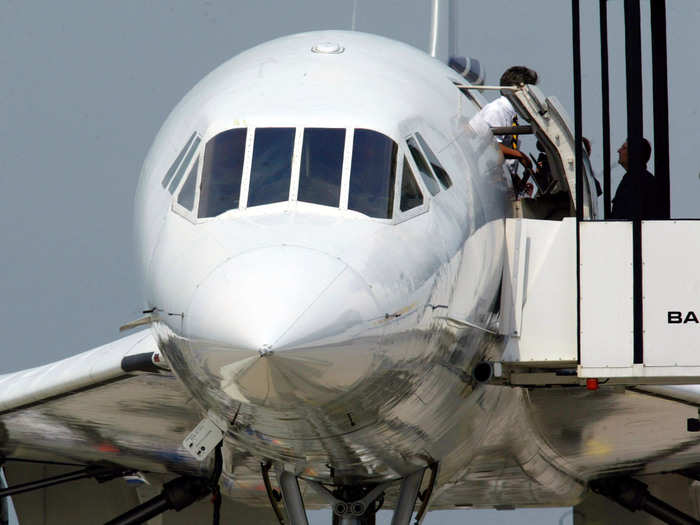
The Concorde was operated by a crew of three: two pilots and a flight engineer.
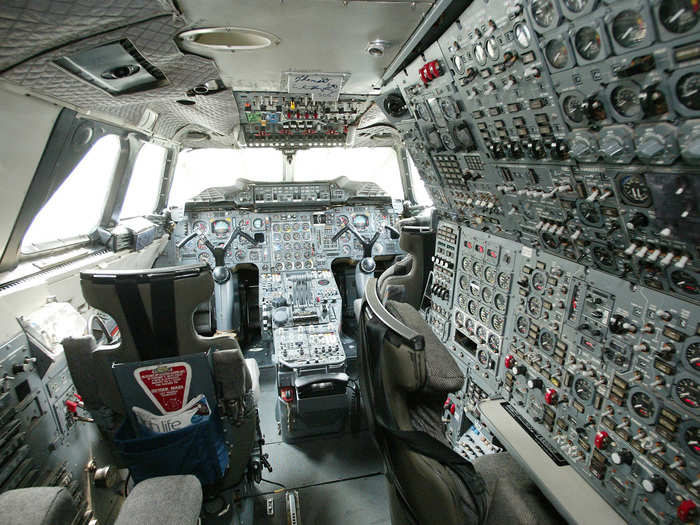
In 1967, the Concorde was presented to the public for the first time in Toulouse, France.
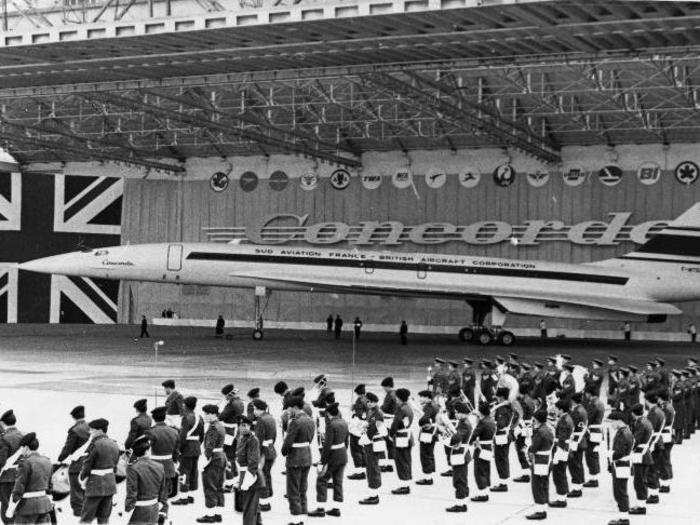
The first Concorde prototype made its maiden flight in March 1969.

On October 1, 1969, Concorde made its first supersonic flight.
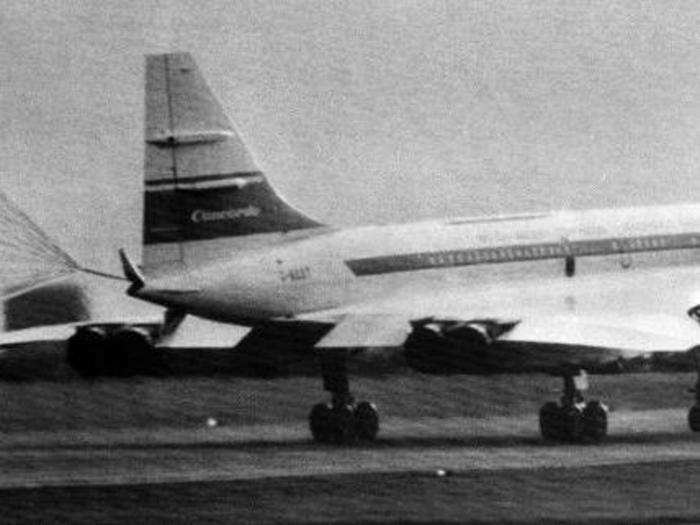
The sleek supersonic jet captivated the public immediately.
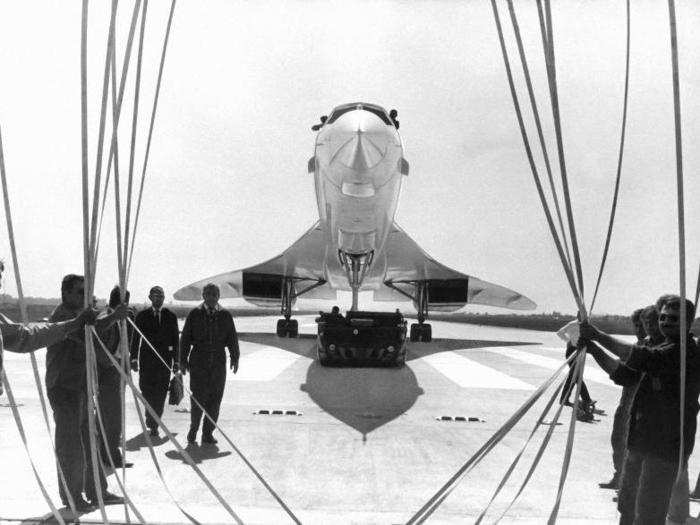
More than a dozen airlines from around the world placed orders for the jet.
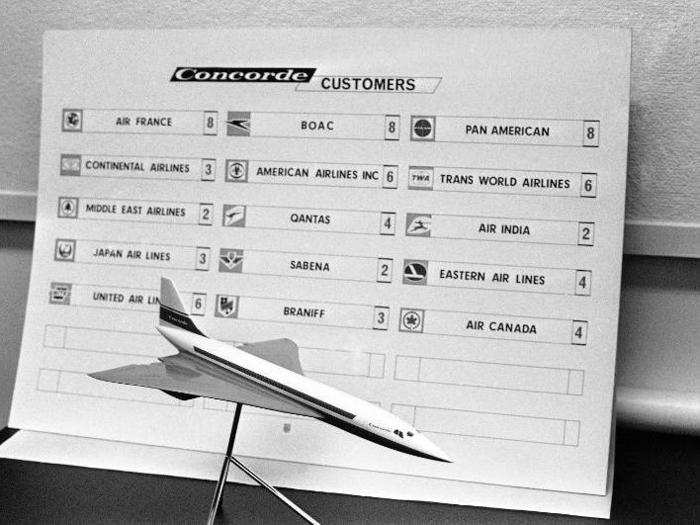
But the Concorde soon encountered opposition.
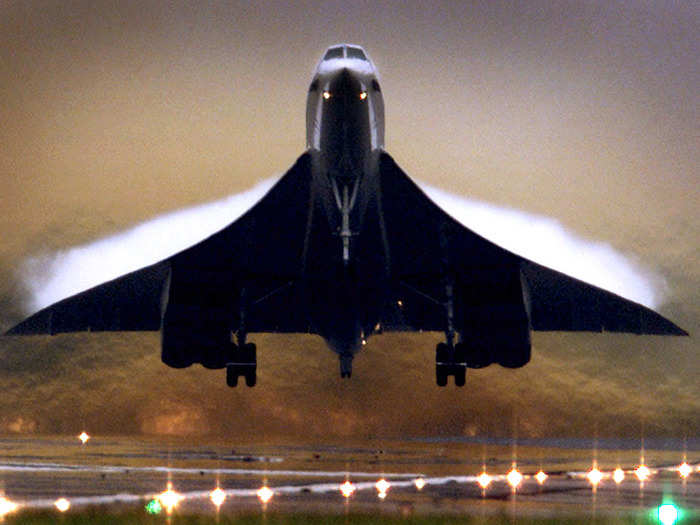
One of the byproducts of supersonic flight is the sonic boom, which can be distressing to those on the ground. As a result, the Concorde was limited to routes over water, with minimal time spent soaring over land.

In addition, residents near airports that were home to the Concorde fleet protested the amount of noise generated by the plane's four massive turbojet engines.
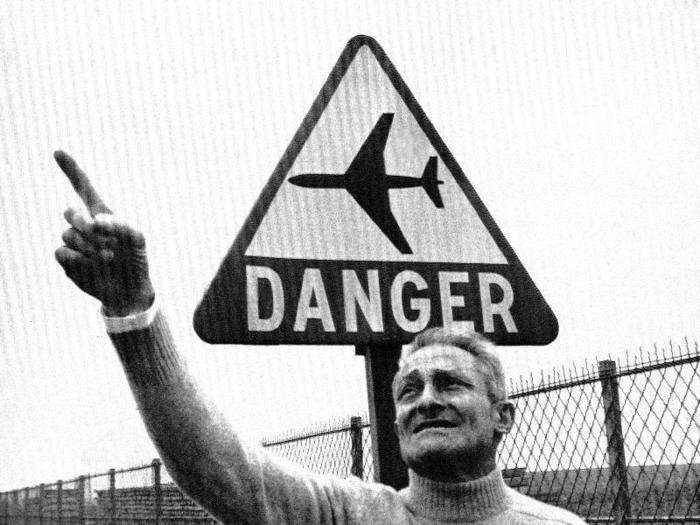
As a result, Concorde flights were further curbed.

Because of environmental and economic concerns stemming from the 1973 oil crisis, most of the Concorde's customers dropped their orders.
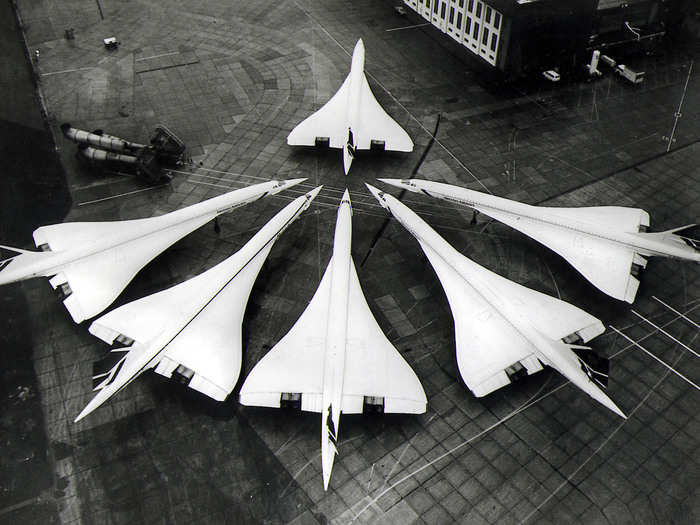
This left British Airways and Air France as the plane's only operators.
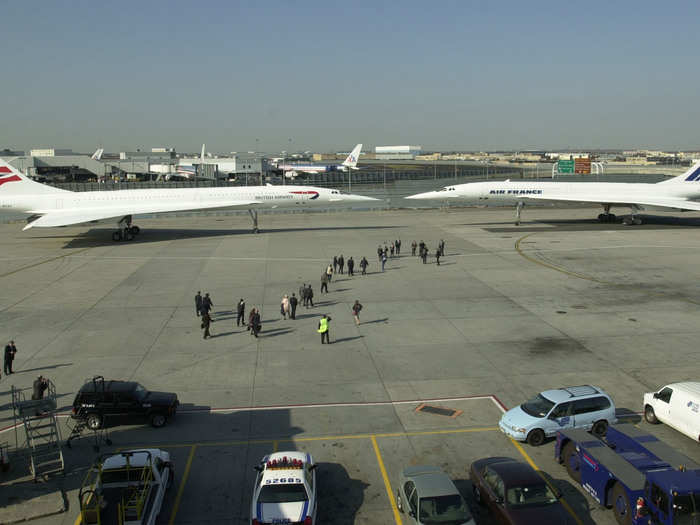
In total, 20 Concordes were produced. Six were prototype test planes.

Of the 14 production Concordes, seven entered service with Air France and ...
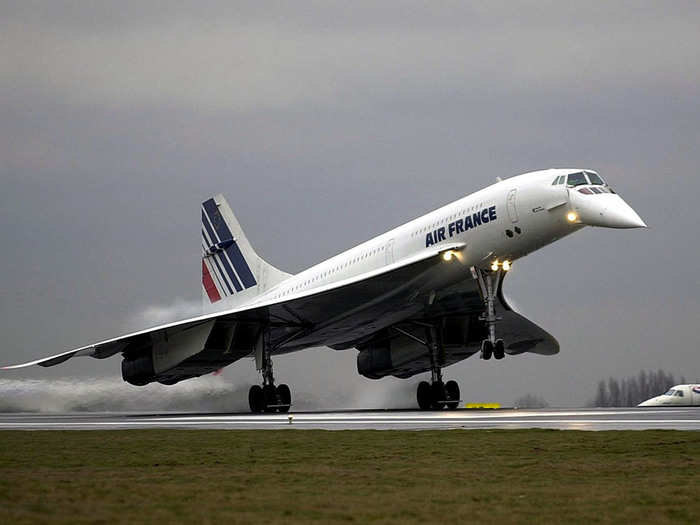
... seven entered service with British Airways.
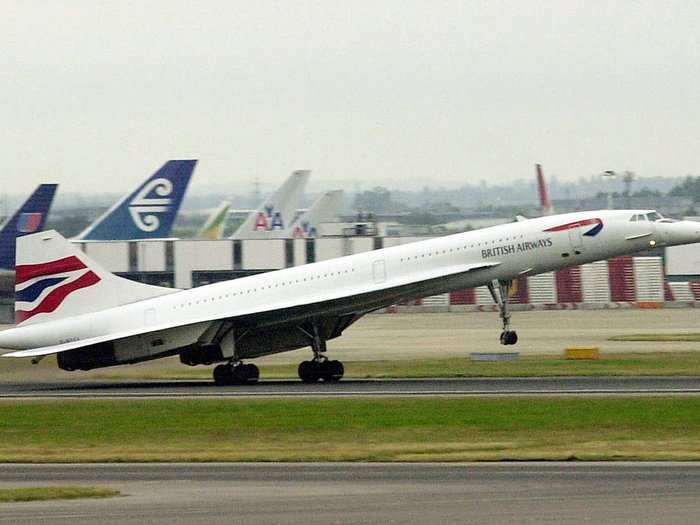
On January 21, 1976, two Concordes — one from each airline — took off simultaneously to mark the plane's first supersonic passenger flight.
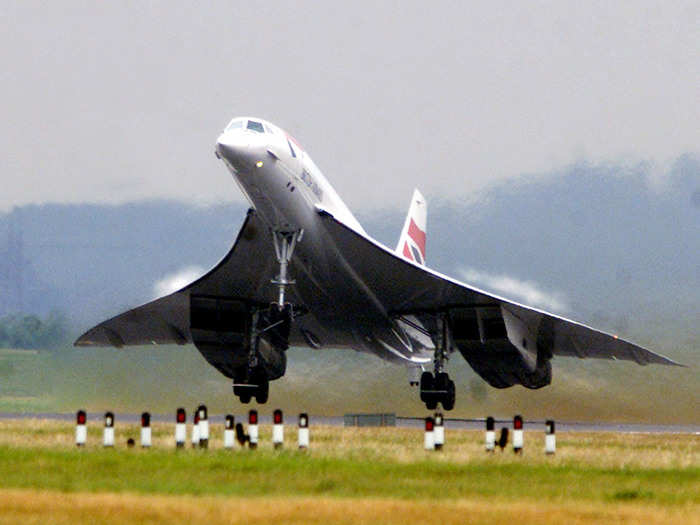
The Air France flight flew to Rio de Janeiro by way of Senegal, while the British Airways plane flew to Bahrain in the Persian Gulf.
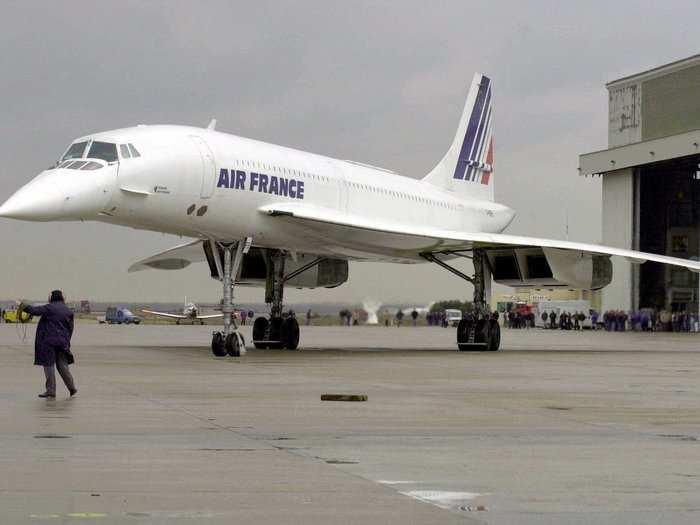
Later that year, British Airways started scheduling transatlantic flights between London and New York.
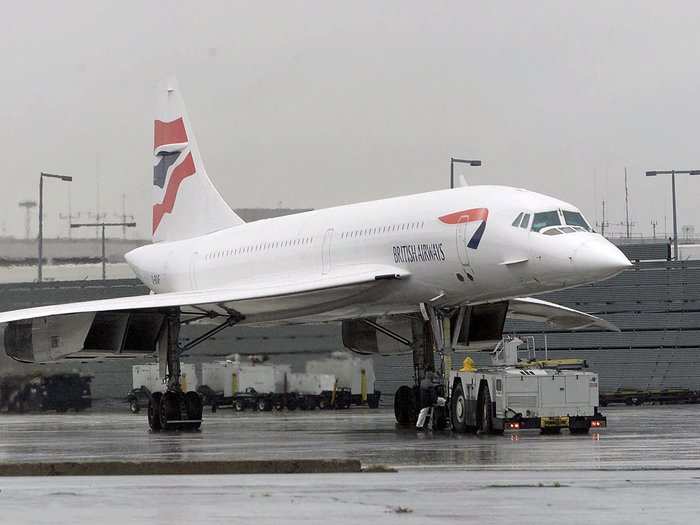
Cruising at more than twice the speed of sound and...
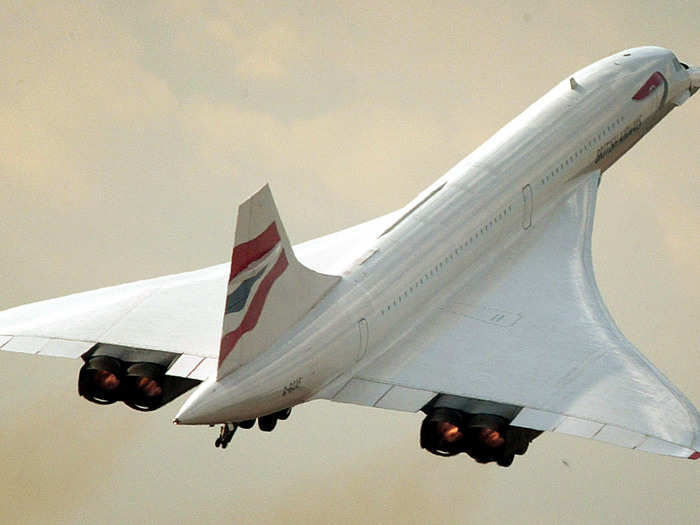
... At an altitude of up to 60,000 feet, the Concorde could cross the Atlantic in just three hours.
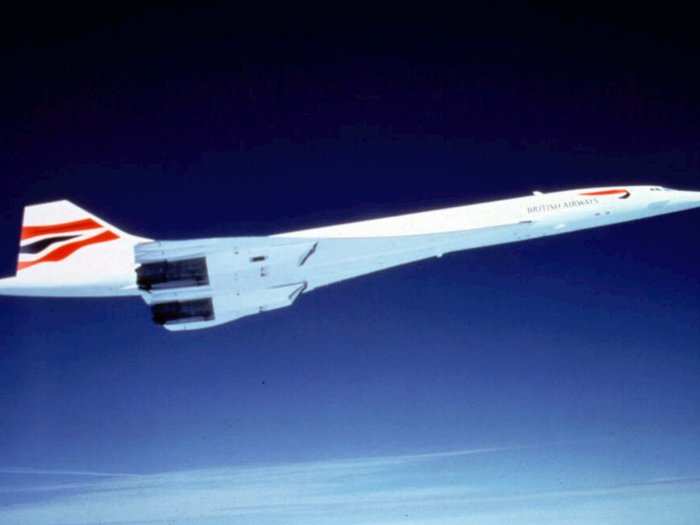
That was a major improvement over the seven hours it took for a conventional jumbo jet to make the crossing.
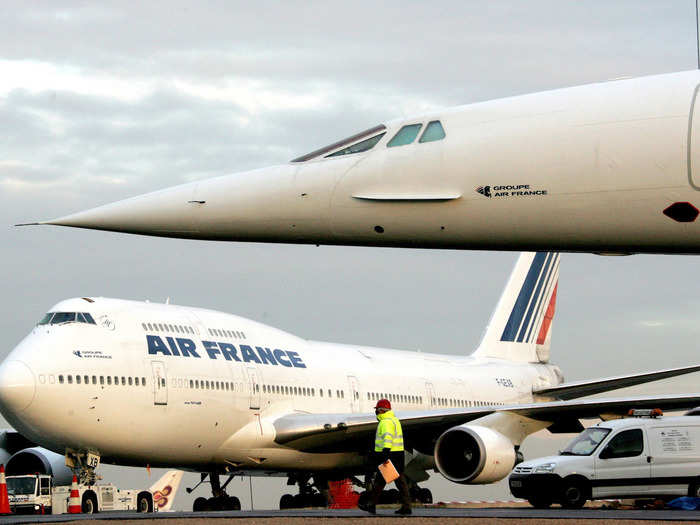
In the beginning, the 100-passenger interior was simple and a bit austere.
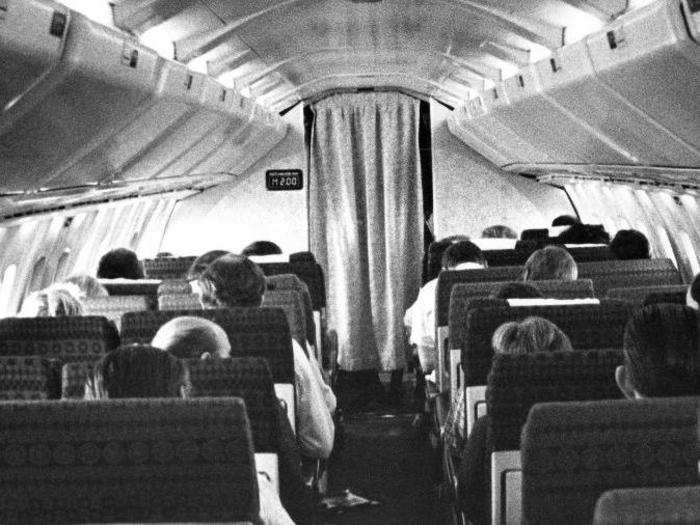
But as the clientele became more posh, so did the decor.

Soon, the Concorde became the preferred airborne choice of the rich and famous.
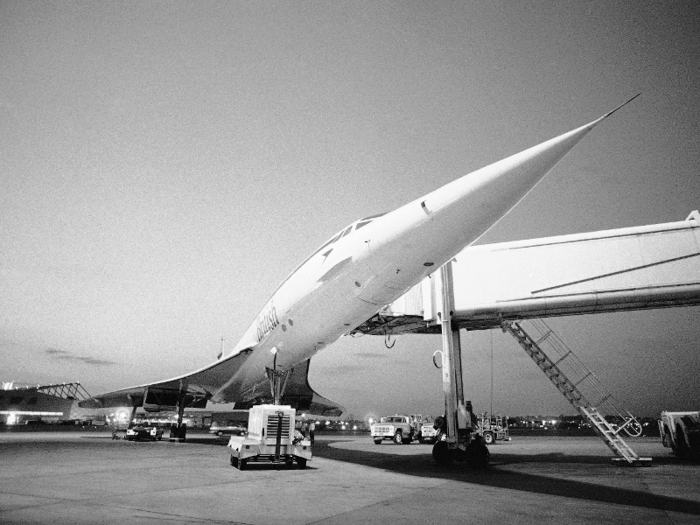
Every day, the Concorde fleet was stocked with fine Champagne and Beluga caviar.
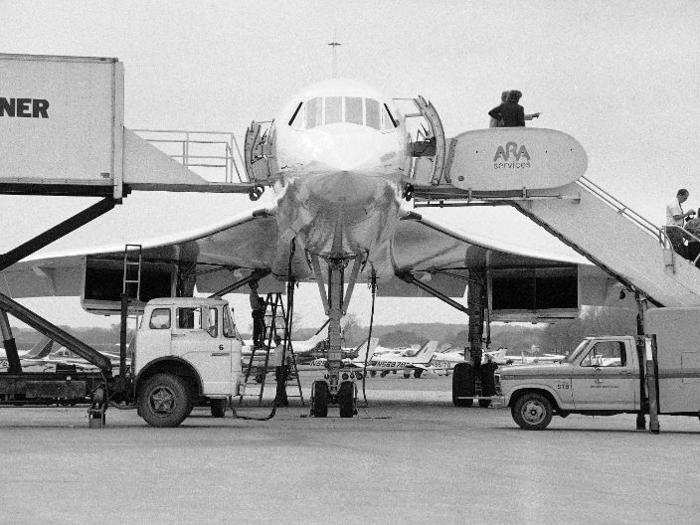
After all, it's what the planes' clients would expect.
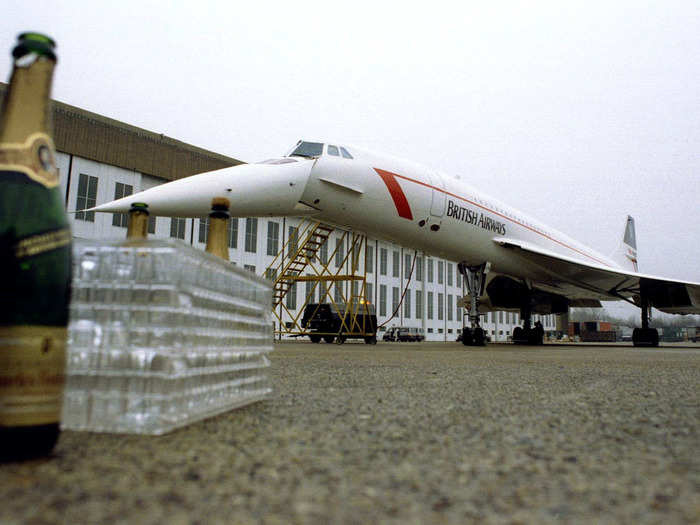
In the 1990s, the Concorde welcomed the world's biggest stars, such as supermodels Cindy Crawford and Claudia Schiffer, along with tennis star Andre Agassi.

Here, rock legend Sting serves Champagne to Piers Morgan.
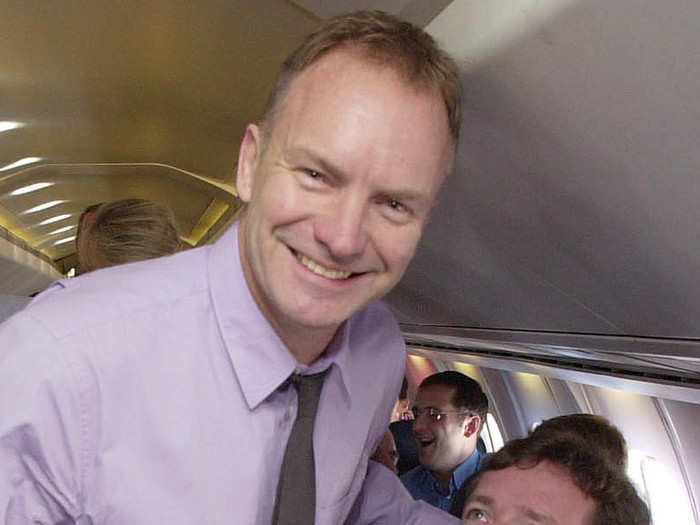
Former British Prime Minister Tony Blair looks as if he had a good time on board.
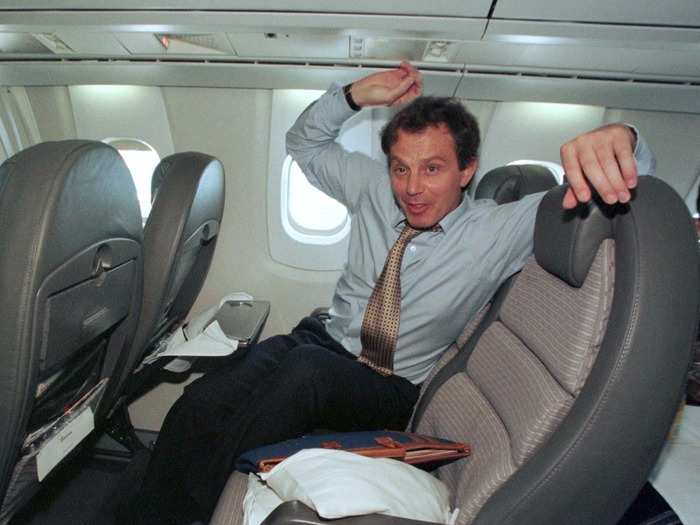
Concorde even served as the Queen's royal transport.
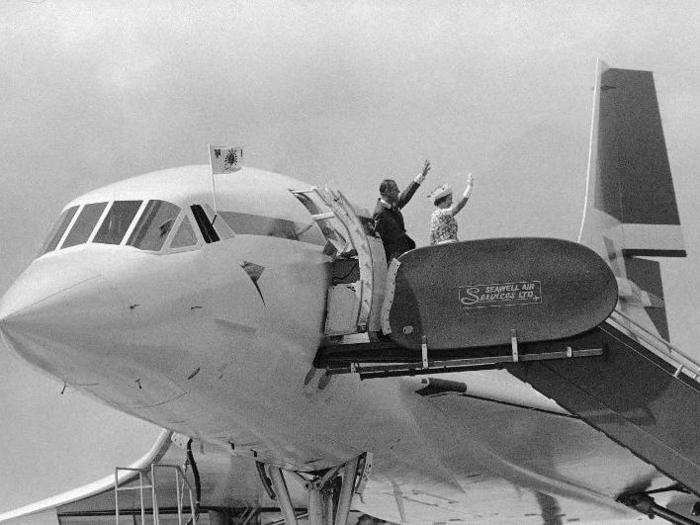
For most of its career, the Concorde had a sparkling safety record.
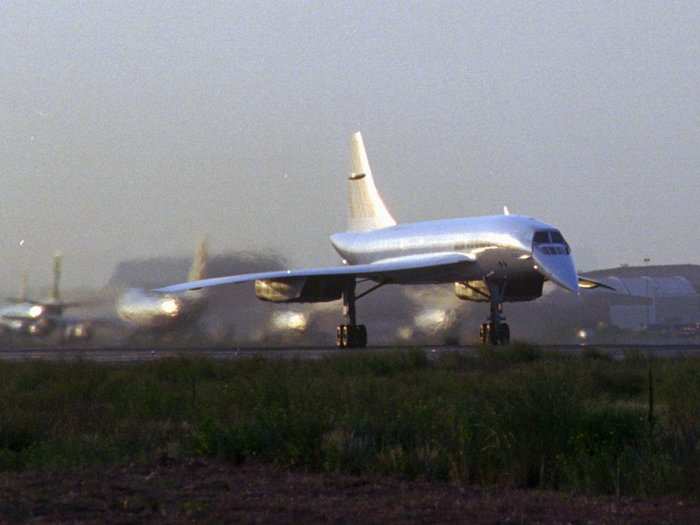
That all changed on July 25, 2000, when an Air France Concorde burst into flames and crashed shortly after taking off. The plane caught fire after a blown tire ruptured the Concorde's fuel tanks, and 113 people died in the crash.
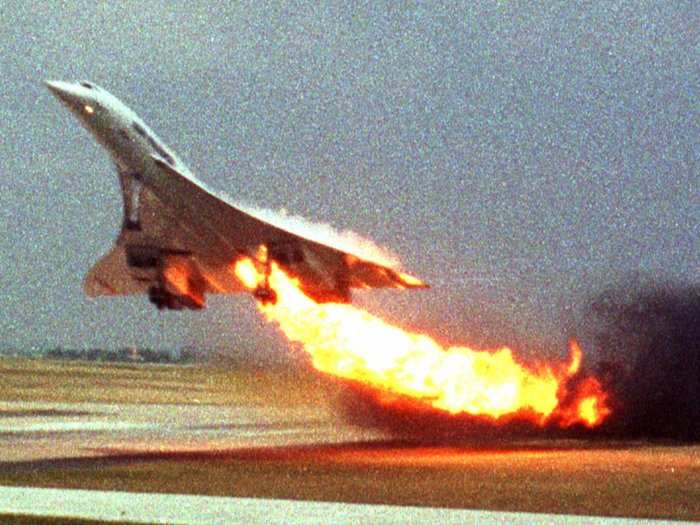
All 12 remaining Concordes were immediately grounded and retrofitted with stronger fuel tanks.
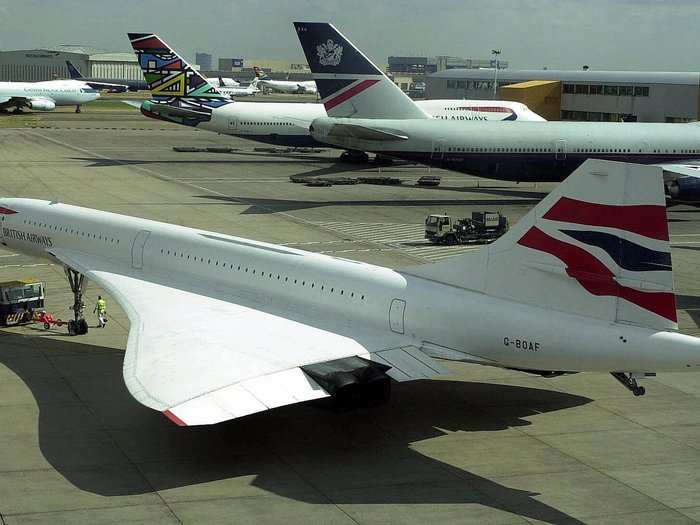
Though the Concorde fleet returned to service in late 2001, the business never recovered.

By Spring of 2003, Air France and British Airways announced their intention to permanently retire the Concorde fleet.
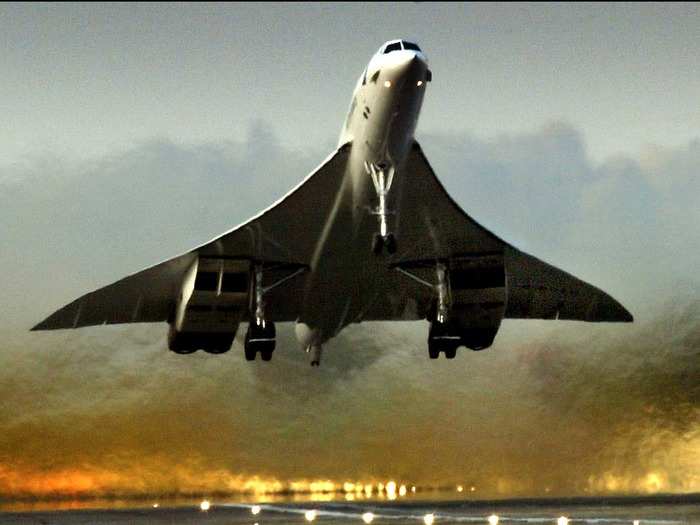
British Airways executives blamed cuts to Wall Street's travel budgets post-9/11 and skyrocketing maintenance costs for its decision to ground the plane.
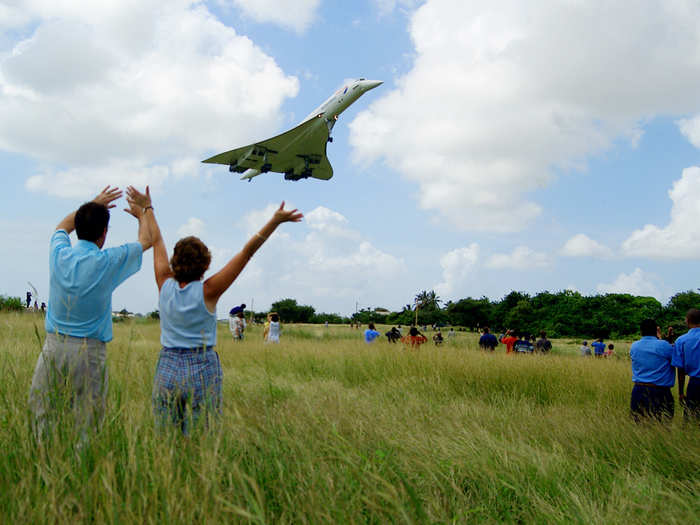
Source: The Guardian.
Air France operated its last commercial Concorde flight from New York to Paris on May 31, 2003.
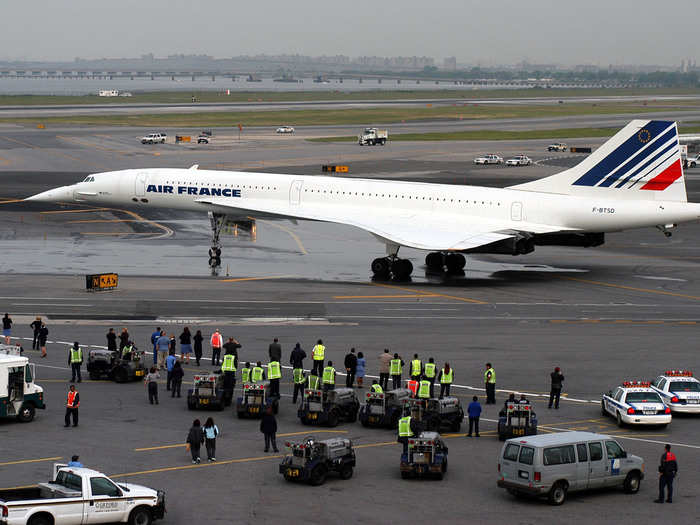
Here's the Air France Concorde powering out of JFK International Airport one final time.
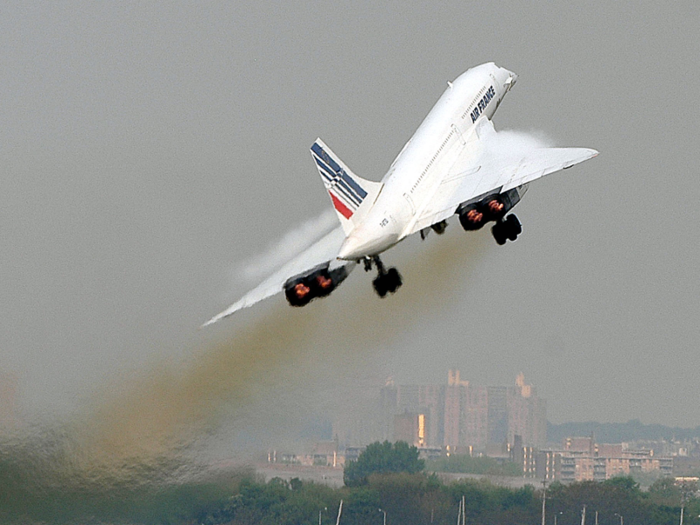
After completing a farewell tour of the US, British Airways operated its last commercial Concorde flight on October 24, 2003.
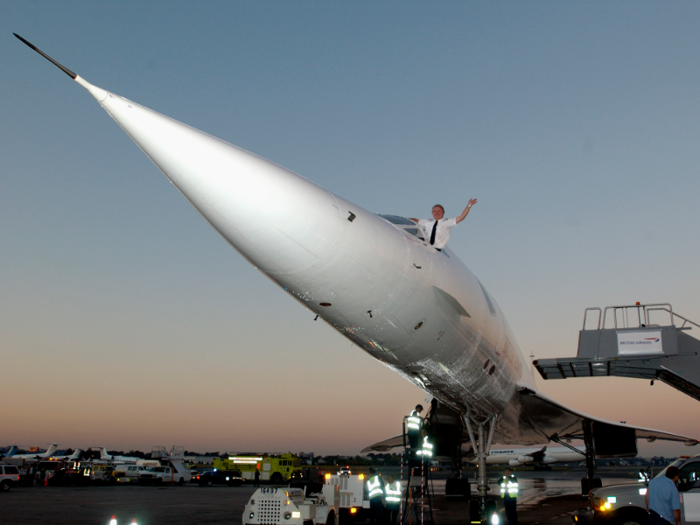
Here is Concorde's final departure from New York.
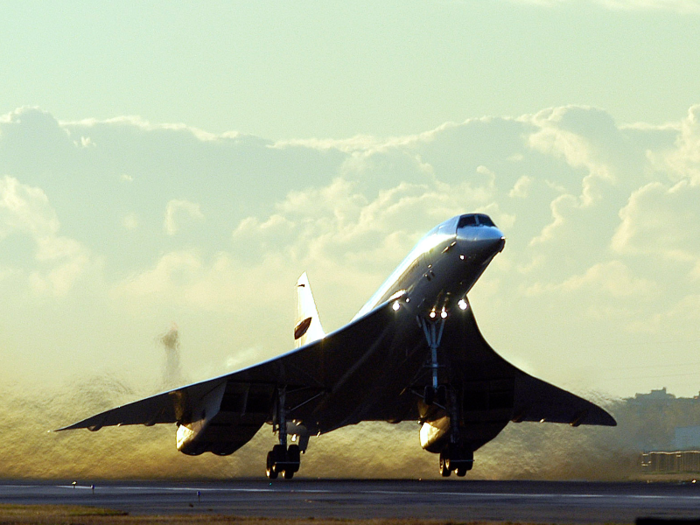
Onlookers wave goodbye to the Concorde as it climbs out of JFK Airport.
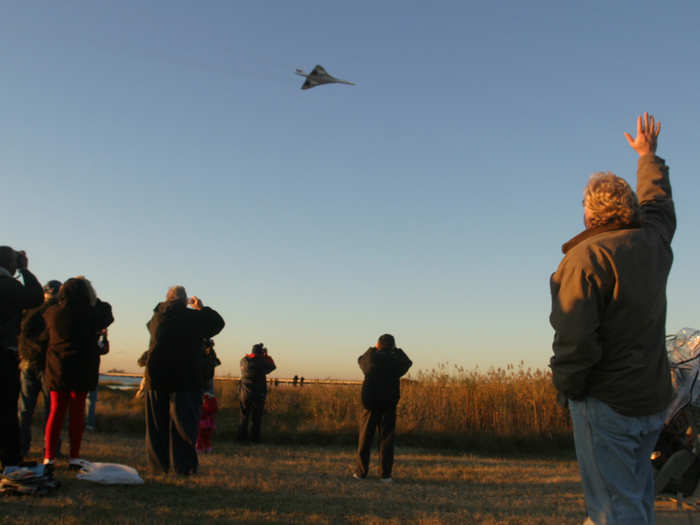
Over the skies of London, the flight out of New York joined up with two other Concordes. Together, the three supersonic jets celebrated the occasion by landing in succession at Heathrow Airport.
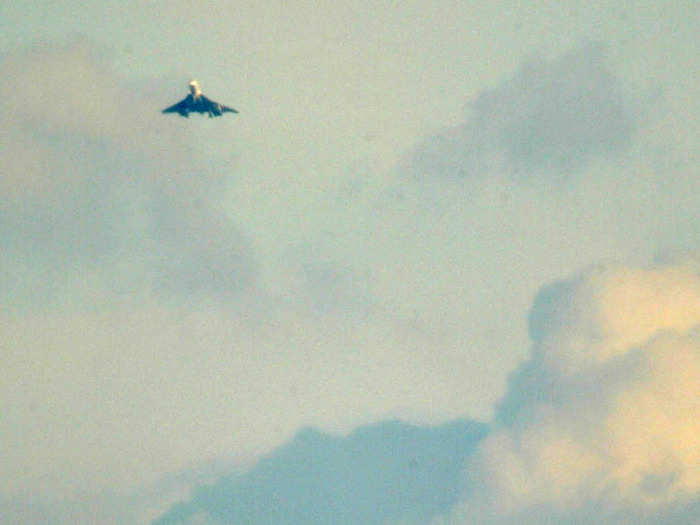
Touch down!
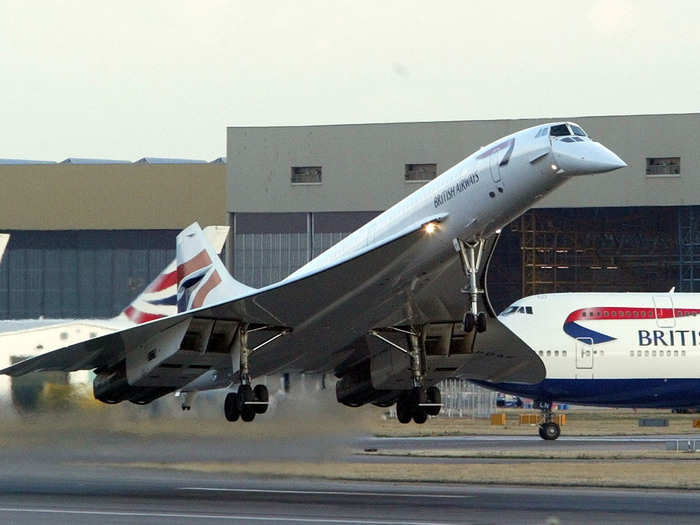
The Concordes reconvene on terra firma.
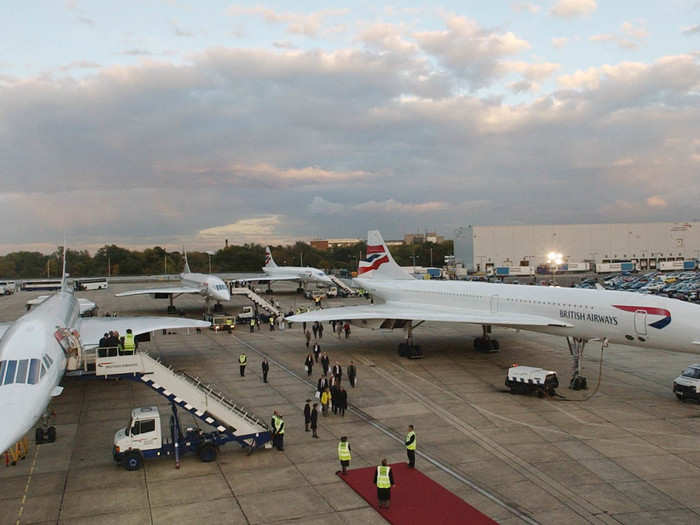
In 27 years of service, British Airways' fleet of Concordes made 50,000 flights and carried more than 2.5 million passengers.
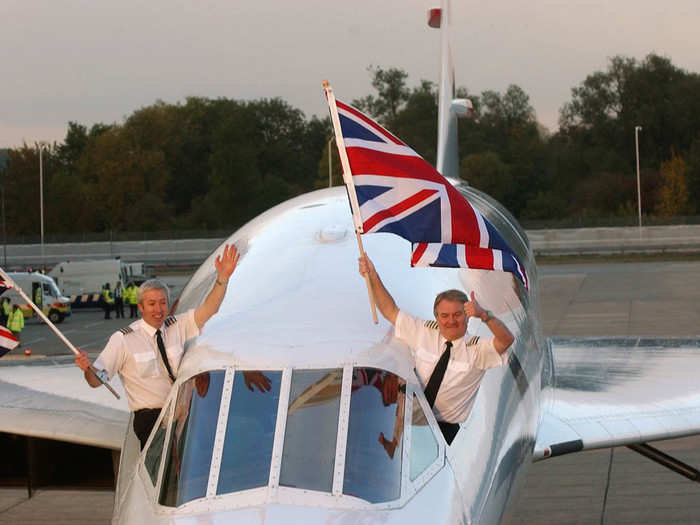
Now, the Concordes have become museum pieces. Here, an Air France Concorde joins its Soviet rival, the TU144, as a showpiece.
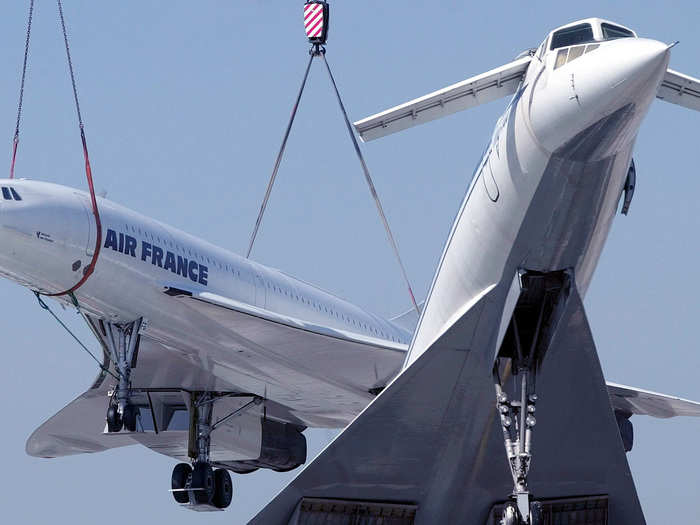
Despite being a financial flop, the Concorde's status as a technological marvel remains unblemished.
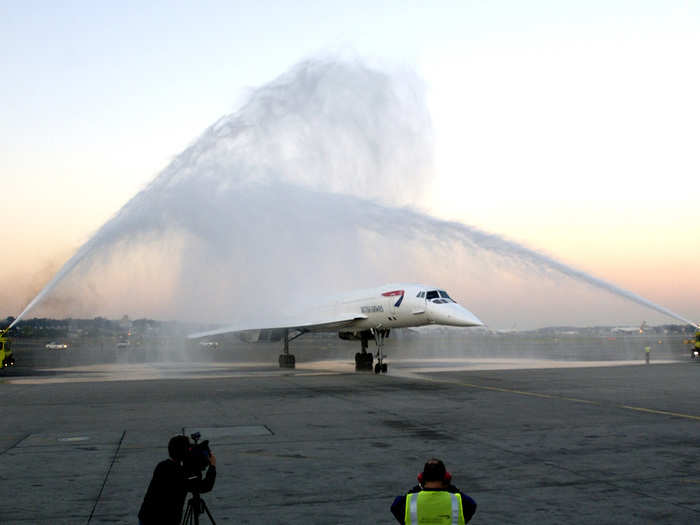
For many, the end of the Concorde represented not just the end of an era, but also a step backward for mankind. We no longer cross the Atlantic at twice the speed of sound. And we may never again.
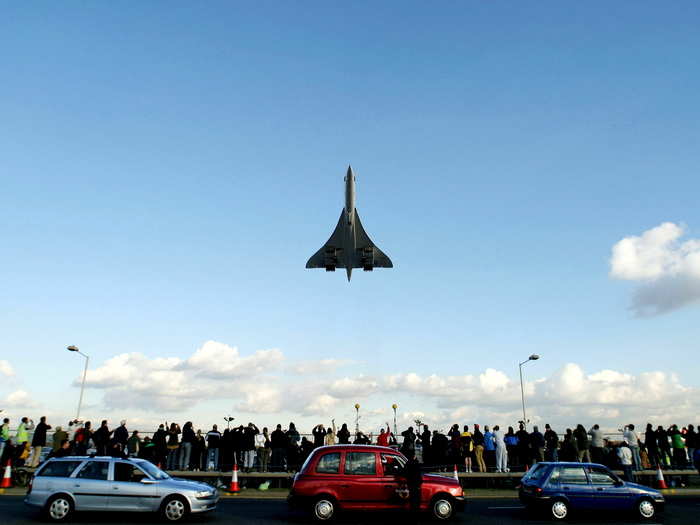
Popular Right Now
Popular Keywords
Advertisement